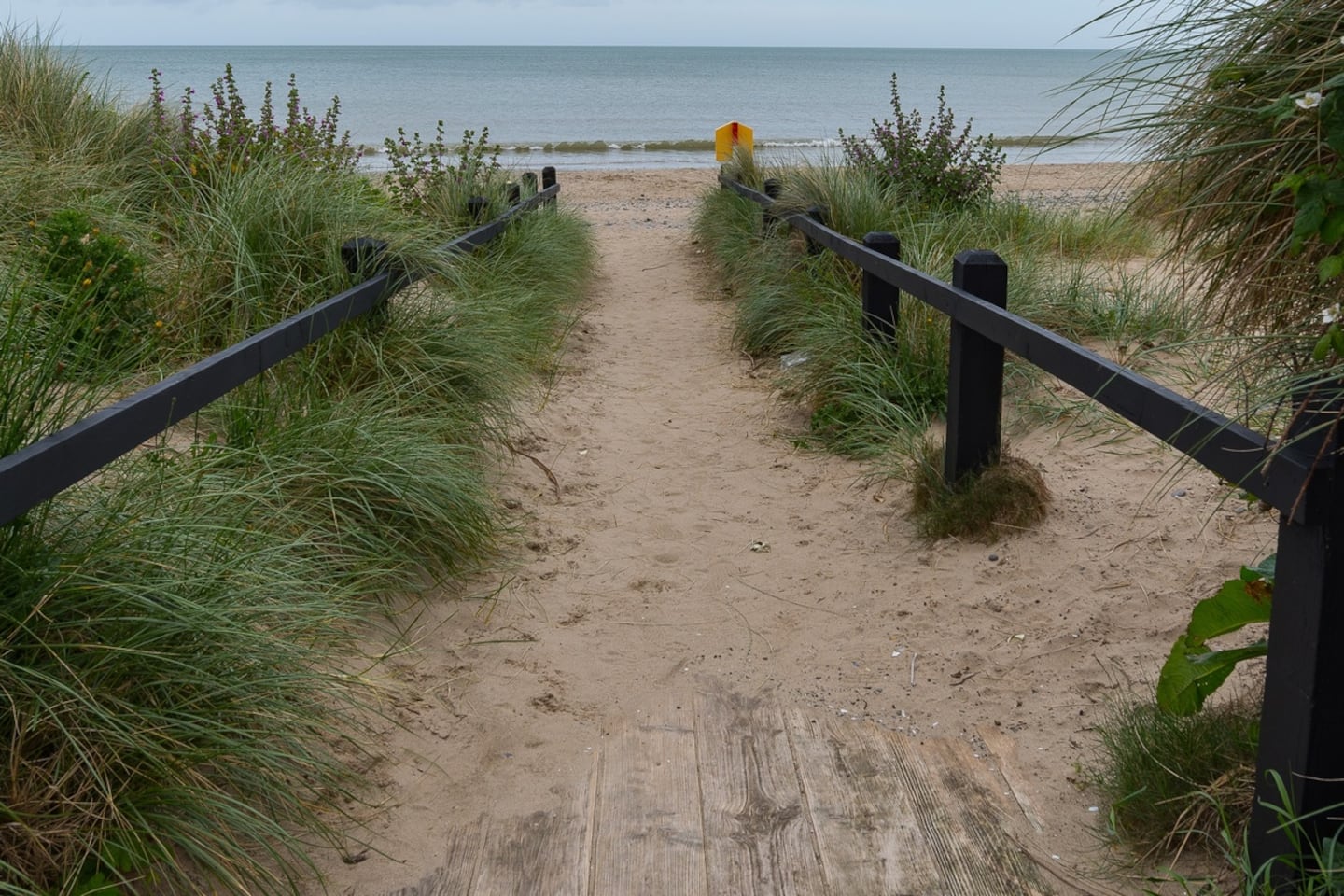Microsoft has expanded its deal with power management company Eaton that will provide backup services to the tech giant to protect its applications and facilities from grid outages or power quality issues.
Over time, Eaton’s technology will also allow Microsoft to store excess power generated for its data centres from renewable sources and potentially sell it back into the grid.
The agreement involves the use of Eaton’s proprietary EnergyAware UPS technology, and the agreement is designed to enable Microsoft to address issues such as sustainability and energy transition.
Eaton, which is listed on the New York Stock Exchange, said this would allow for a new generation of “grid-interactive” data centres, including those operated by Microsoft, to support grid operators by providing energy storage and supplying the fast frequency response services that operators will “increasingly need as renewable capacity increases and the grid loses the inertia associated with fossil fuel generation”.
READ MORE
Craig McDonnell, senior vice-president and general manager of the energy transition and digital division at Eaton, said: “A grid-interactive UPS helps decarbonise energy at grid level, which means that its sustainability benefit extends beyond the data centre. This changes the game in terms of energy management within the data centre’s overall environmental impact profile.”
Sean James, Director of Datacenter Research, Microsoft, said: “A grid-interactive data centre is one where its extensive electrical system functions not only to protect customer IT data and applications but also to provide valuable electrical services back to the transmission system operator and the grid. These auxiliary services will be increasingly critical to help grids cope with high levels of variable renewable energy.”














